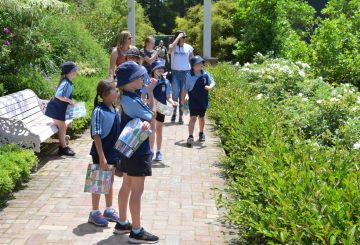A report suggests that enhancing online learning systems at universities could help increase access for Māori, Pasifika, and other marginalized communities. The report, conducted by EY, collected data from over 3000 university students in New Zealand, Australia, and eight other countries. The findings showed that New Zealand students are the most satisfied with their university choice, but nearly 20% believe the quality of online learning should be better.
EY partner Chad Paraone noted that the readiness to explore the potential of online learning is higher in New Zealand compared to other countries. However, he pointed out that the report only represents those who can attend university. He explained that Māori people often have greater commitments, such as supporting their families or living in areas where access to tertiary institutions is challenging due to financial or transportation issues, or other obligations.
When asked how they would like their university to invest in technology, the students’ top choice was training teachers to deliver online learning more effectively. This was followed by providing students with support for online learning and developing better online learning materials. University staff also expressed a desire for more training in blended online and in-person teaching.
Paraone sees the findings as a positive sign that New Zealanders are open to online learning, which could help bridge the gap in university access. He believes that digital learning could improve access to tertiary education for Māori, Pasifika, and other communities. The number of Māori tertiary education students, currently 13% of all domestic students, has grown by 25% since 2012.






























































